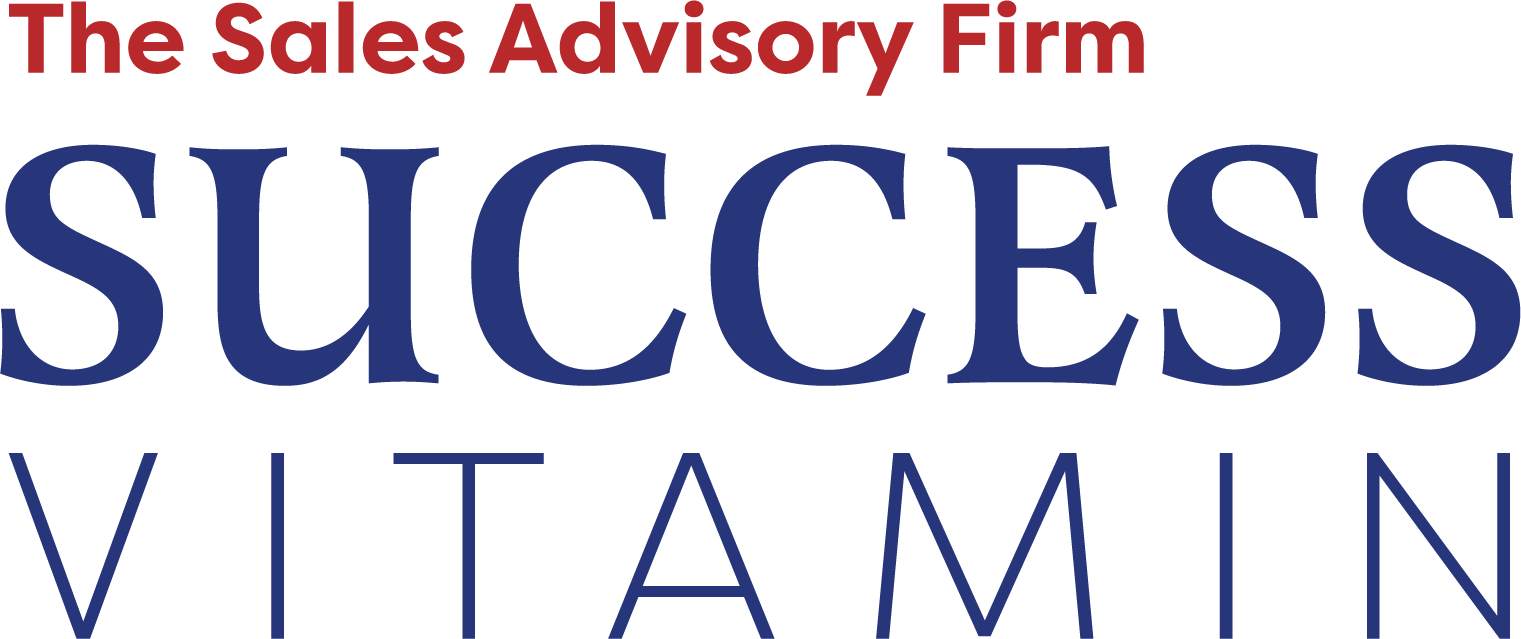In the fast-paced world of sales, getting caught up in talking and promoting your product or service is easy. However, the true superpower of successful sales professionals lies in their ability to listen to their customers actively.
Active listening goes beyond hearing words; it involves understanding and empathizing with your customers’ needs, challenges, and desires. By honing your active listening skills, you can enhance customer understanding, build strong relationships, and ultimately achieve sales success.
The Importance of Active Listening in Sales
In sales, active listening is crucial in building rapport and trust with your customers. By genuinely listening to your customers, you show them that you care about their concerns and are committed to finding the best solution. This creates a solid foundation for effective communication and collaboration.
Active listening also provides valuable insights into your customer’s needs and preferences. By paying close attention to their words, tone, and non-verbal cues, you can better understand their pain points, motivations, and desired outcomes. This understanding allows you to tailor your sales approach and offer solutions that meet their needs.
Furthermore, active listening helps to minimize misunderstandings and conflicts. By actively engaging in the conversation and seeking clarification when necessary, you can ensure that you and your customers are on the same page. This leads to smoother sales interactions, fewer objections, and increased sales opportunities.
Enhancing Customer Understanding Through Active Listening
To truly understand your customers, you must go beyond surface-level listening. Active listening requires you to be fully present and engaged in the conversation. Here are some practical techniques to enhance your active listening skills and deepen your customer understanding:
Be Fully Present
When interacting with customers, please give them your complete and undivided attention. Eliminate distractions and focus on the conversation at hand. This means putting away your phone, closing unnecessary tabs on your computer, and actively resisting the urge to multitask. Being fully present demonstrates respect for your customers and creates a conducive environment for open and honest communication.
Listen with Empathy
Empathy is a crucial component of active listening. Put yourself in your customers’ shoes and try to understand their perspective. Listen to the words they say and the emotions and underlying meaning behind their words. Please pay attention to their tone of voice, facial expressions, and body language. This will help you better understand their needs, concerns, and motivations.
Ask Open-ended Questions
Asking open-ended questions encourages customers to share more about their challenges, goals, and expectations. These questions cannot be answered with a simple “yes” or “no” but require thoughtful responses. By asking open-ended questions, you invite customers to express their thoughts and feelings in their own words. This helps you gather valuable information and shows your genuine interest in their unique situation.
Paraphrase and Summarize
Paraphrasing and summarizing what your customers have said is a powerful way to demonstrate active listening. Repeat their critical points in your own words to ensure you understand their message correctly. This shows that you are actively engaged in the conversation and allows for clarification if there are any misunderstandings. Paraphrasing also helps validate your customers’ feelings and concerns, showing them that you genuinely listen and empathize.
Use Non-verbal Communication
Non-verbal cues, such as maintaining eye contact, and using appropriate facial expressions, can reinforce your active listening behavior. These non-verbal signals show your customers you are engaged and interested in their words. Additionally, mirroring their body language can help create a sense of rapport and connection.
Developing Effective Listening Skills for Sales Success
Active listening is a skill that can be developed and improved over time. Here are some strategies to enhance your listening skills and achieve sales success:
Practice Mindfulness
Mindfulness is the practice of being fully present in the moment. Cultivating mindfulness can help you stay focused and attentive during sales interactions. Before each customer interaction, take a few moments to center yourself and set the intention to be a mindful listener. Practice deep breathing and let go of any distractions or preconceived notions. This will help you approach the conversation with a clear and open mind.
Seek Feedback
Seeking customer and colleague feedback is a valuable way to assess and improve your listening skills. Ask for constructive feedback on your listening abilities and areas for improvement. Actively incorporate this feedback into your sales interactions and continuously strive to enhance your listening skills.
Continuous Learning
Invest in your personal and professional development by seeking resources on active listening and effective communication. Attend workshops, read books, and listen to podcasts that improve listening skills. Adopt new techniques and strategies that resonate with you and practice them in real-world sales situations.
Reflect and Review
After each sales interaction, take time to reflect on your listening skills. Ask yourself if you were fully present and engaged in the conversation. Did you actively listen and seek to understand your customer’s perspective? Reflecting on your performance and identifying areas for improvement will help you continually grow as a listener.
Building Sales Relationships Through Empathetic Listening
Empathy is a crucial aspect of active listening and plays a significant role in building strong sales relationships. By practicing empathetic listening, you can establish a deeper connection with your customers and create a sense of trust and understanding. Here’s how you can incorporate empathy into your listening approach:
Show Genuine Interest
Demonstrate a genuine interest in your customers’ stories, experiences, and challenges. Ask follow-up questions to delve deeper into their thoughts and feelings. You build a foundation of trust and rapport by showing that you genuinely care about their needs.
Validate Emotions
Acknowledge and validate your customers’ emotions. Show empathy and understanding when they express their concerns, frustrations, or aspirations. Reflect on their feelings to let them know you understand and empathize with their experiences. This validation creates a safe space for open and honest communication.
Put Yourself in Their Shoes
Try to understand your customers’ perspectives by putting yourself in their shoes. Imagine how they might be feeling and the challenges they are facing. This exercise in empathy allows you to see the situation from their point of view and respond in a way that addresses their unique needs.
Avoid Judgment and Assumptions
Practice non-judgmental listening by suspending your own biases and preconceived notions. Avoid making assumptions about your customers’ motivations or intentions. Instead, approach each conversation open and seek to understand their circumstances.
The Role of Sales Empathy in Understanding Customers
Empathy is an essential component of active listening and understanding customers. Practicing empathy in sales can deepen your understanding of your customer’s needs and motivations. Here’s why sales empathy is crucial:
Gain Deeper Customer Insights
Empathy allows you to see beyond the surface-level needs of your customers. You can gain deeper insights into their motivations and desires by understanding their emotions, challenges, and aspirations. This insight helps you tailor your sales approach and offer solutions that resonate with them.
Build Trust and Rapport
Empathy creates a sense of trust and rapport with your customers. They are more likely to trust your recommendations and advice when they feel understood and valued. Building this trust is essential for long-term customer relationships and repeat business.
Address Unspoken Needs
Empathy helps you uncover unspoken needs and concerns. By listening attentively and picking up on subtle cues, you can identify underlying issues your customers may not explicitly express. Addressing these unspoken needs demonstrates your genuine care and commitment to their success.
Foster Collaboration and Co-creation
Empathy promotes collaboration and co-creation with your customers. You can create customized solutions that meet their unique needs by understanding their perspectives and involving them in the decision-making process. This collaborative approach strengthens the partnership between you and your customers.
Building Rapport with Customers through Active Listening
Building customer rapport is essential for successful sales interactions, and active listening is a powerful tool for establishing connections. You can make a solid foundation of trust and understanding by actively listening to your customers. Here’s how active listening contributes to building rapport:
Establishing Trust
Active listening is a crucial factor in establishing trust with your customers and by genuinely listening to their needs, concerns, and aspirations, you show that you value their input and are committed to finding the best solution.
This trust forms the basis of a strong rapport that enhances the sales relationship.
Creating a Safe Space
Active listening creates a safe space for open and honest communication. When customers feel heard and understood, they are more likely to share their thoughts, opinions, and feedback. This open dialogue fosters a deeper connection and builds rapport based on mutual respect and trust.
Demonstrating Empathy
Empathy is a crucial component of active listening and rapport building. You demonstrate empathy and understanding by actively engaging with your customers and understanding their perspectives. This empathy creates a sense of connection and rapport, as customers feel valued and respected.
Tailoring Solutions
Active listening allows you to tailor your solutions to meet your customers’ needs. By understanding their pain points and desired outcomes, you can personalize your offerings and demonstrate that you are committed to finding the best solution for them. This personalized approach builds rapport and strengthens the sales relationship.
Conclusion
Active listening is a powerful tool for sales professionals to understand customers, build strong relationships, and achieve sales success. By practicing active listening techniques, such as being fully present, asking open-ended questions, and demonstrating empathy, sales professionals can enhance customer understanding, effectively communicate solutions, and build rapport. Incorporating active listening into the sales process leads to better customer insights, increased sales opportunities, and long-term customer loyalty. So, embrace the power of active listening and watch your sales performance soar.


